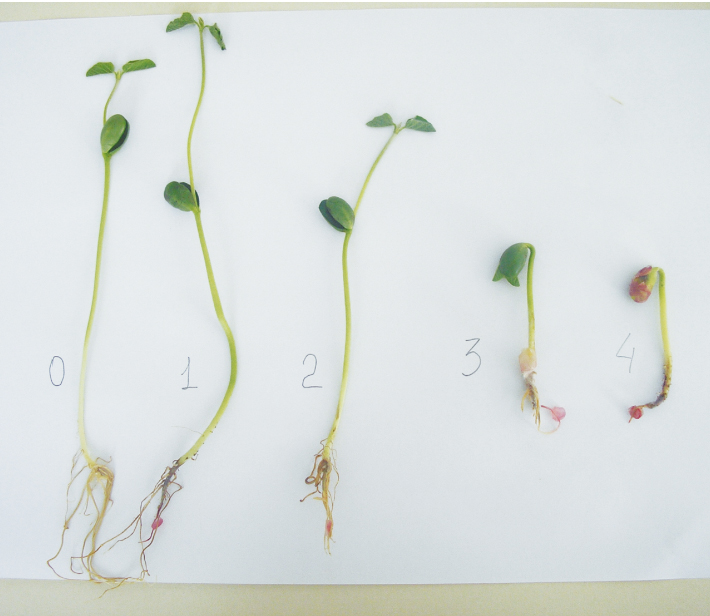Genetic diversity and pathogenicity on root seedlings from three soybean cultivars of Fusarium graminearum isolated from maize crop residues
Palabras clave:
Fusarium graminearum, rastrojos, soja, fungicida, patogenicidad, compatibilidad micelialResumen
Crops residues are an important source of maintenance of Fusarium graminearum inoculum in the soybean agroecosystem. Given that these populations can interact in the substrate through mechanisms of mycelial recognition and that they can come into direct contact with the implanted seed and cause disease, the following objectives were set: (1) to evaluate the genetic diversity through of the mycelial compatibility of F. graminearum strains isolated from maize crop residues; (2) to analyze the pathogenicity of F. graminearum strains isolated from crop residues towards soybean seedlings from different cultivars treated and untreated with fungicide. Mycelial compatibility studies showed a unique pattern of mycelial compatibility for each strain, indicating a great heterogeneity in the population evaluated. Pathogenicity tests in all strains tested were capable of causing symptoms of root rot with varying degrees of severity and reductions in the height of seedlings. In the factorial statistical analysis, the greatest effect was marked by the soybean cultivar effect. A clear decline in the severity index was also observed with the fungicide application, so this would be a useful prevention tool to reduce the intensity in soybean seedling diseases.
Descargas

Descargas
Publicado
Cómo citar
Número
Sección
Licencia
Aquellos autores/as que tengan publicaciones con esta revista, aceptan las Políticas Editoriales.










.jpg)




